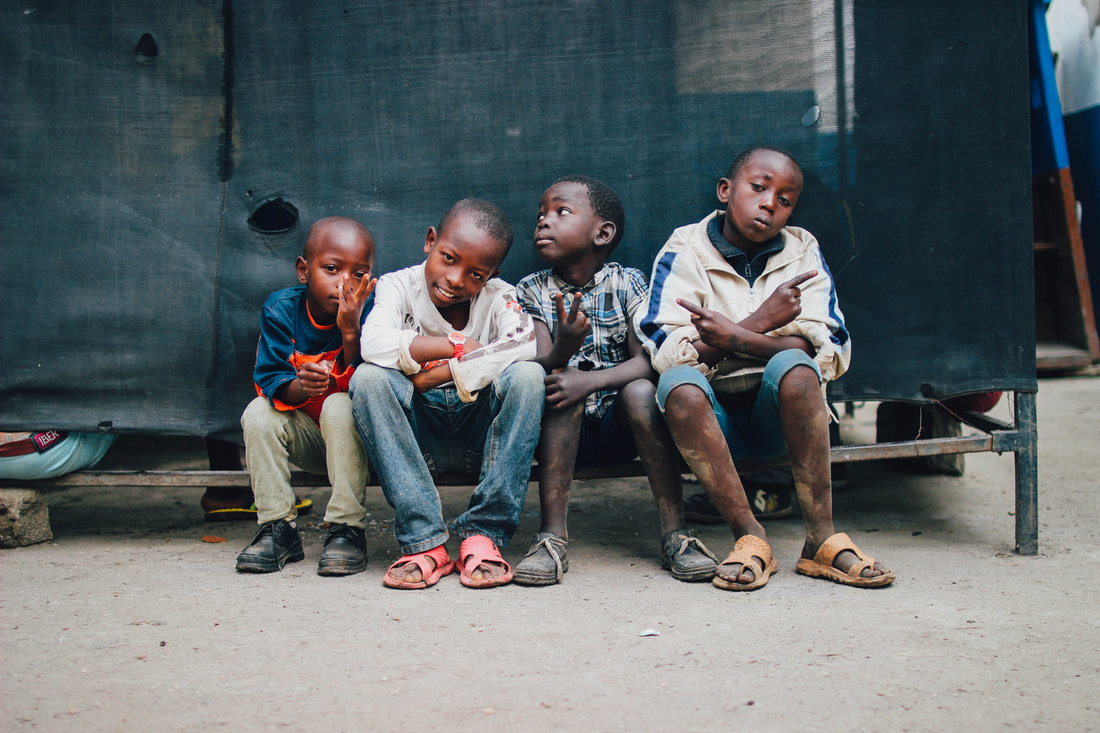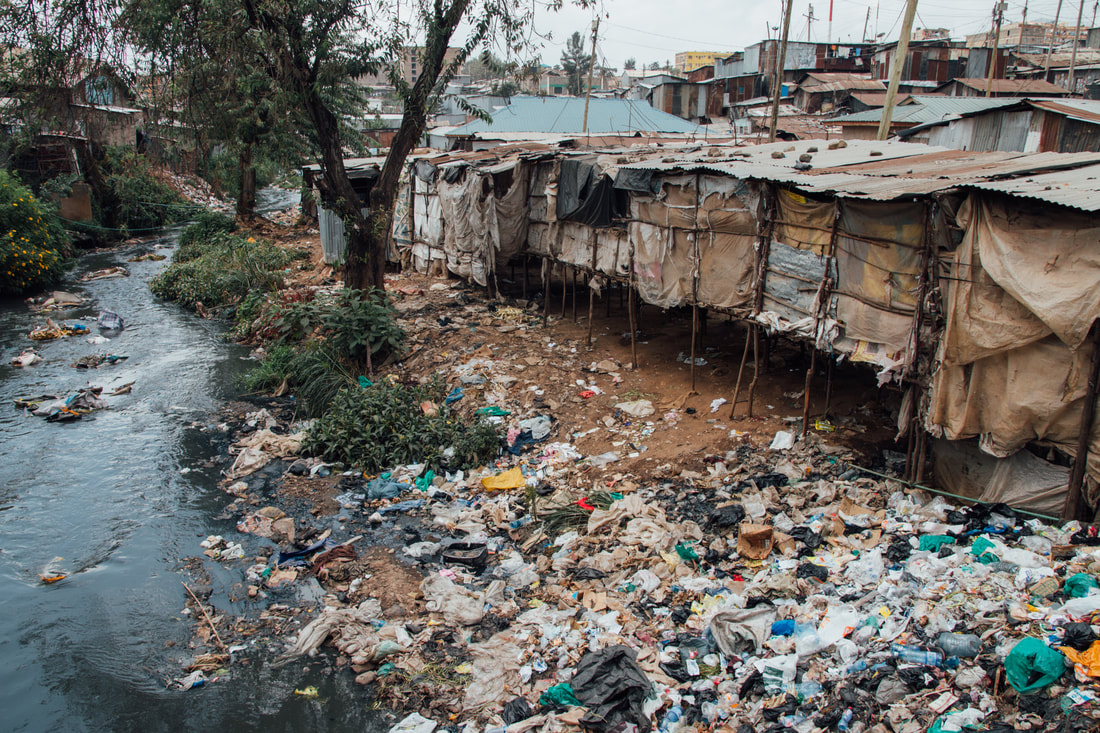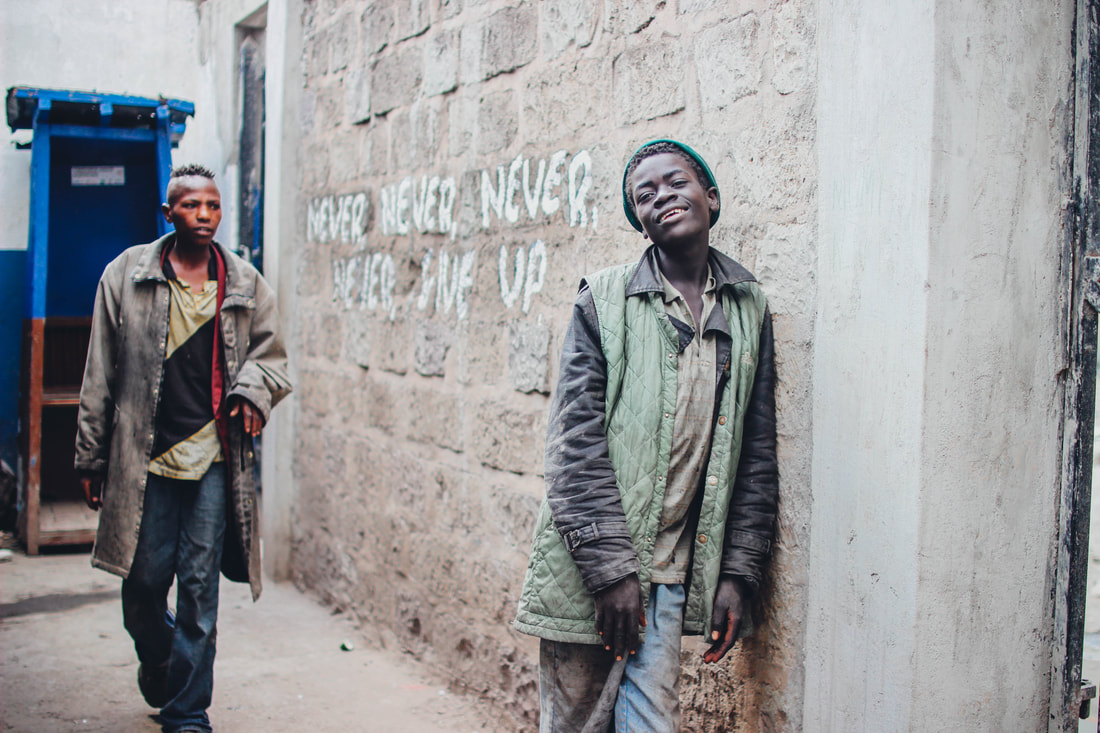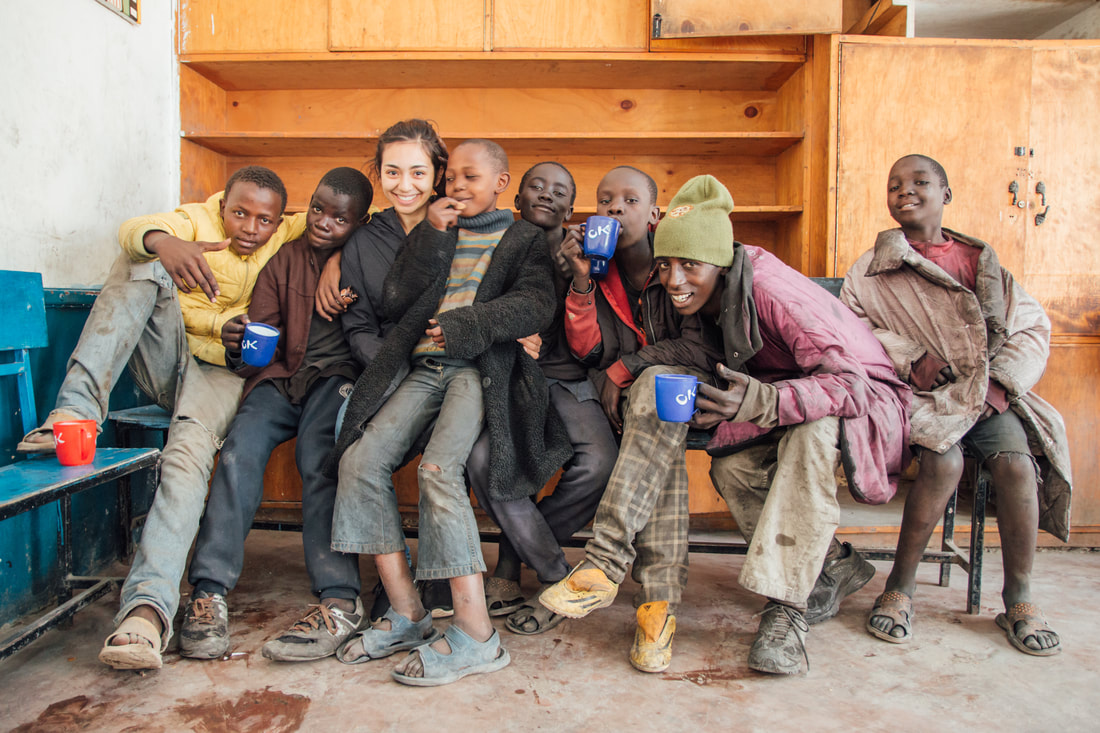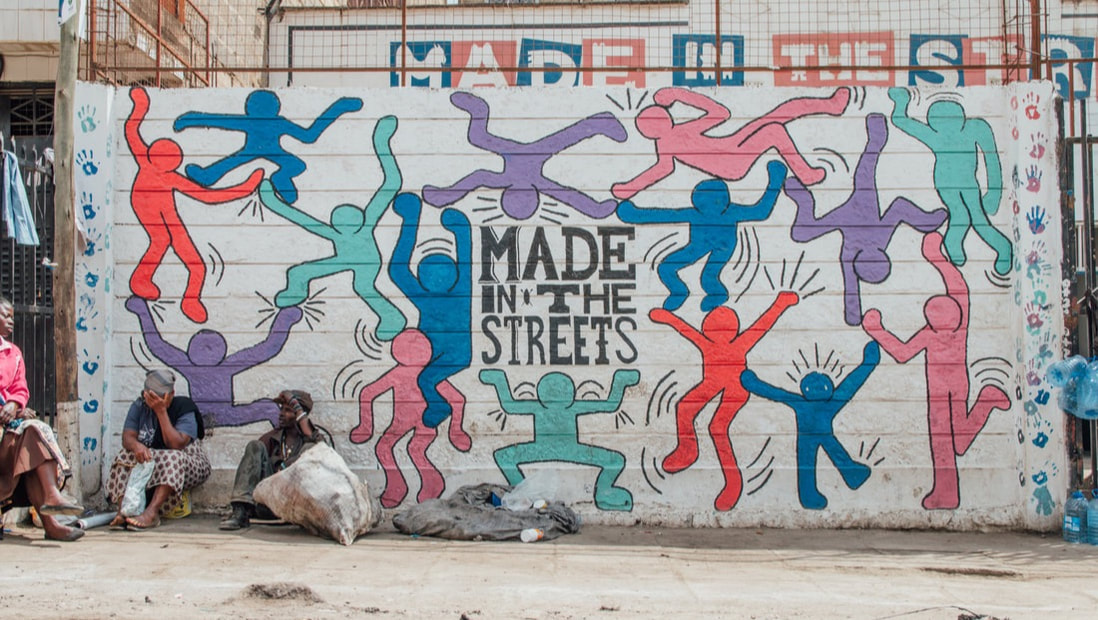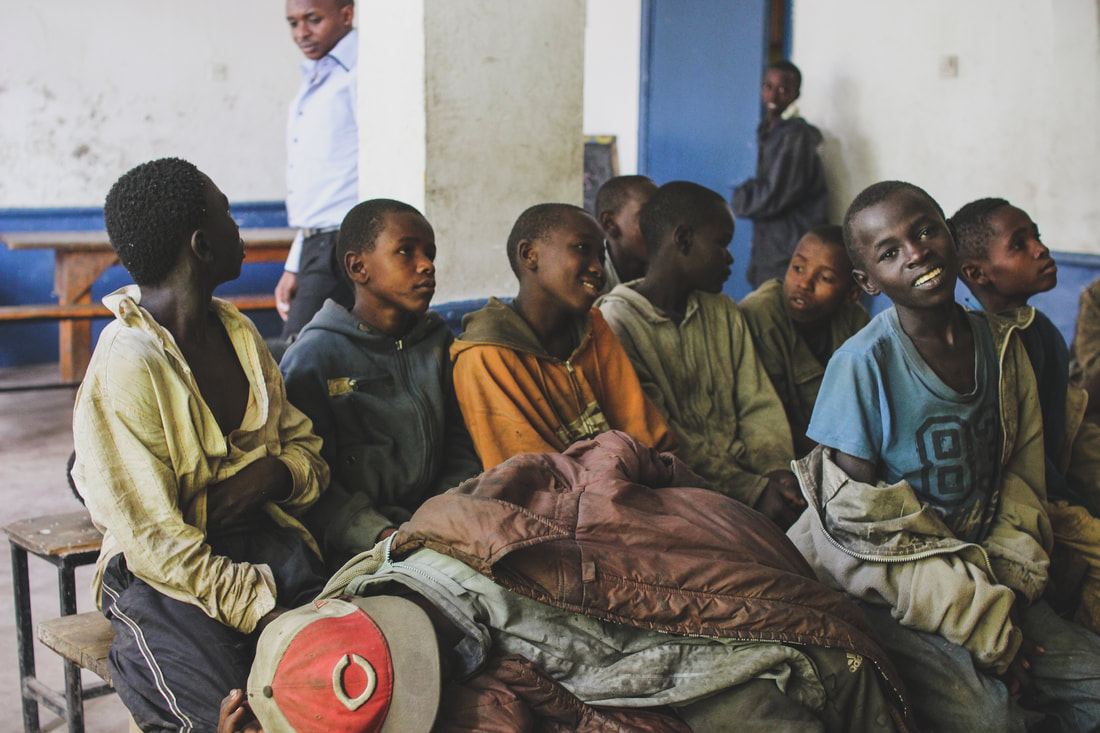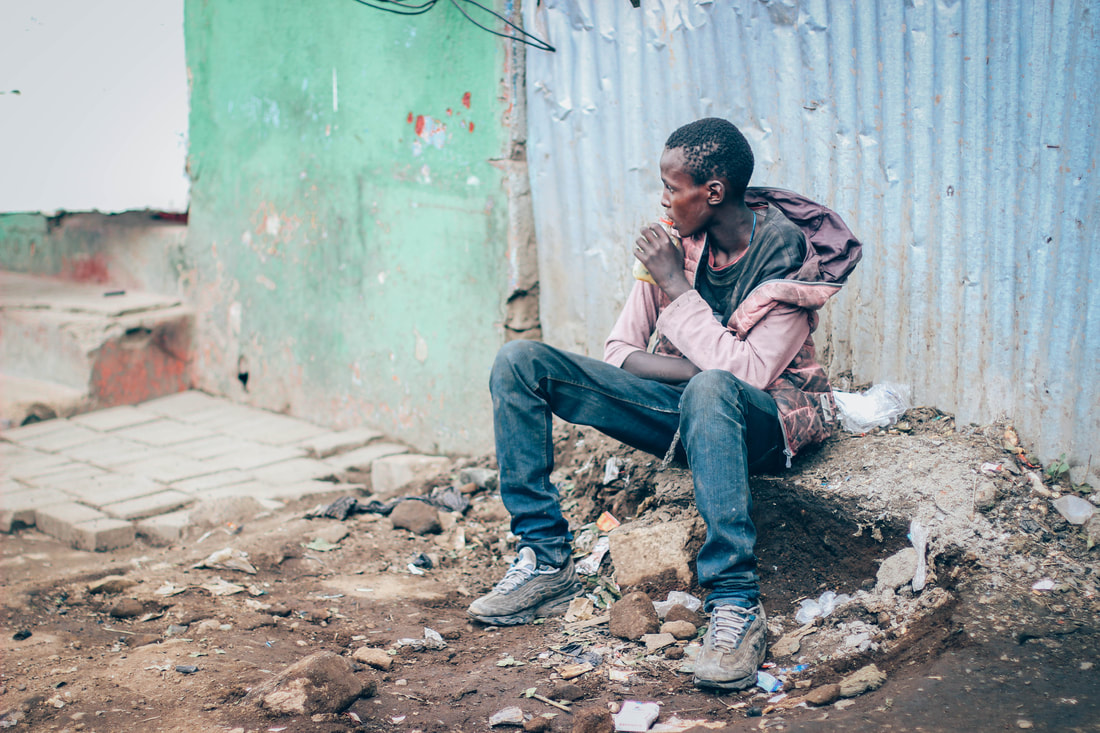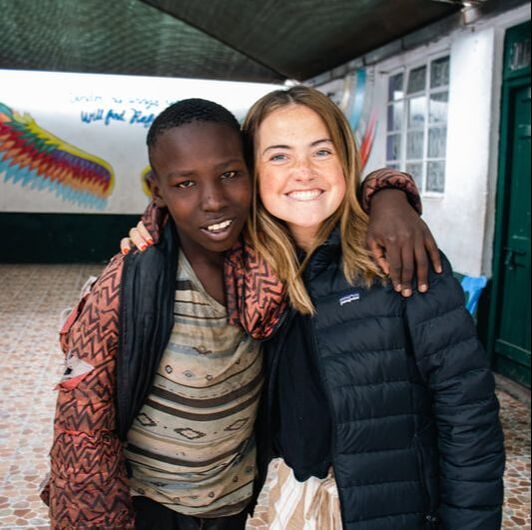60,000 kids are living on the streets.
The highest concentration of street children in Nairobi can be found in Eastleigh,
a predominantly Somali neighborhood on the east side of the city. Because of its proximity to Mathare Valley—the 2nd largest slum in Kenya—Eastleigh is a prime location for impoverished children to take to the streets.
a predominantly Somali neighborhood on the east side of the city. Because of its proximity to Mathare Valley—the 2nd largest slum in Kenya—Eastleigh is a prime location for impoverished children to take to the streets.
Why are there children living on the streets?It's a simple but good question. There are many reasons...
Then what happens?When a child goes to the streets, he or she usually joins a gang, known as a base.
Base life is dangerous and drug use is rampant. Glue is one of the most common drugs used by street children. It is cheap, readily available and highly addictive. The substance is huffed out of bottles and results in a debilitating high. Most street children suffer physical and sexual abuse by other homeless youth. |
|
It was in Eastleigh, on August 3, 1995, that Charles and Darlene Coulston invited street children to their first outreach program.
After several years of successful ministry to street children, MADE IN THE STREETS purchased land in Eastleigh that became the Eastleigh Centre, our base of street ministry operations. |
|
Our team is comprised of Kenyans who have a heart for bringing good news to street children.
|
Every day, rain or shine, we walk the streets of Eastleigh and visit bases. We provide first aid, Bible study, food, games, counseling and friendship to children at the bases.
After weeks and months of consistently building trust, we are able to invite street boys and street girls to become involved with programs at the Eastleigh Centre. If a street kid demonstrates a desire to leave the streets and change their lives, and they are between the ages of 13 & 14, we invite them to join our boarding school in Kamulu, where they will live, learn, and be well cared for until they are 18 years old. |
|
What happens to street kids who are not 13 or 14 years old?
The short answer is: we do what we can. Street kids who are older than 14 have usually repeatedly refused our invitation to change and have chosen survival on the streets over life in Christ. Our task is to love and serve them wherever they are. We continue to feed, clothe and befriend them though they have chosen to stay on the streets. The church that meets each week at the Eastleigh Centre is full of young men who have chosen the streets but still gather weekly to worship God |
We are not equipped to take in street kids younger than 13. When we encounter young children on the streets, we quickly alert other area organizations such as orphanages who specifically work with younger children. The exception to this rule is a teenaged mom who is pregnant or already has a baby. If she expresses a desire to leave street life (and usually they do!), she is welcome to join our program in Kamulu. These babies are well taken care of in the MITS Childrens' Centre while Mom attends school and skills training during the day with the rest of the MITS students. |
|
ON THE BLOG
Want to know what it's like to visit a MITS on the streets of Nairobi?
MITS intern, Naomi, describes her experience. |

